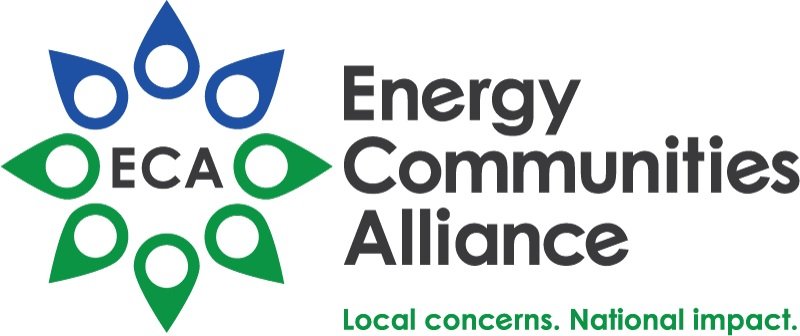What a week in Washington: Updates on new CR, DOE org structure, funds for EVs
Short-term CR passed in House
On Tuesday, lawmakers in the House passed a bill to extend federal government funding and avoid a government shutdown by a 272-162 vote. The measure, called a Continuing Resolution (CR), would approve funding through March 11, 2022. At that point, policymakers must either pass another CR or complete work on remaining appropriations bills to avoid another potential shutdown. The House has passed 9 out of its 12 appropriations bills, while the Senate has passed none. The latter chamber released its remaining appropriations bills in October 2021, setting the stage for negotiations with the House on a full FY22 spending bill in the coming weeks.
Following Senate approval, this will mark the third time Congress has passed a short-term spending bill to keep the federal government running since the fiscal year began in October.
The CR continues funding at FY 2021-approved levels. Under the FY21 enacted budget, the Department of Energy (DOE) received $39.59 billion and the National Nuclear Security Administration (NNSA) received $19.73 billion.
House and Senate leaders from both parties have claimed that an agreement on appropriations is close, but that more time is needed for negotiations.
DOE reshuffles org chart
The Department of Energy (DOE) announced yesterday a shift in leadership structure in order to effectively spend the $62 billion allocated to the Department by the Infrastructure Law. The change comes in the form of two new undersecretary positions, “one focused on fundamental science and clean energy innovation and the other focused on deploying clean infrastructure,” according to DOE’s website.
“The Under Secretary for Infrastructure (formerly Under Secretary for Energy) will focus on deploying clean energy solutions,” the site states. “The existing offices moving to the new Under Secretary include DOE’s Loan Programs Office, Office of Indian Energy, Office of Clean Energy Demonstration, Office of Cybersecurity, Energy Security, and Emergency Response (CESER), and the Federal Energy Management Program.”
DOE is also launching three new offices to support infrastructure funds deployment: the Grid Infrastructure Office, the State and Community Energy Program, and the Office of Manufacturing and Energy Supply Chains.
The new role of Under Secretary for Science and Innovation (formerly the Undersecretary for Science and Energy) “will continue their world leadership in driving research and development of energy technologies, with connected demonstration and deployment activities. Through the realignment the Office of Science, DOE’s applied energy offices, and DOE’s 17 National Labs will continue their core discovery science and innovation missions.”
The new DOE organizational chart may be viewed here.
Biden launches $5 bil for EV charging
Today, the Departments of Transportation (DOT) and Energy (DOE) announced nearly $5 billion will be available to create a national EV charging network, made possible by the Infrastructure Law.
Dubbed the National Electric Vehicle Infrastructure (NEVI) Formula Program, the initiative will provide funds over the course of five years to help create a network of EV charging stations along designated “Alternative Fuel Corridors, particularly along the Interstate Highway System,” according to a DOT press release.
“The total amount available to states in Fiscal Year 2022 under the NEVI Formula Program is $615 million,” according to the press release. “States must submit an EV Infrastructure Deployment Plan before they can access these funds. A second, competitive grant program designed to further increase EV charging access in locations throughout the country, including in rural and underserved communities, will be announced later this year.”
DOE and DOT also recently announced a new Joint Office of Energy and Transportation. In order to access the new infrastructure funds for EV charging, each state must submit their Deployment Plan to this office.
Information on state-by-state NEVI funding for Fiscal Years 2022-2026 may be found here.
